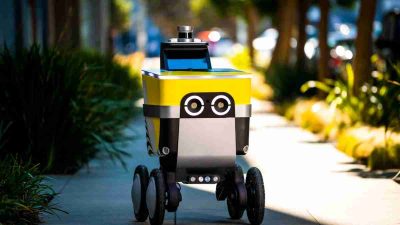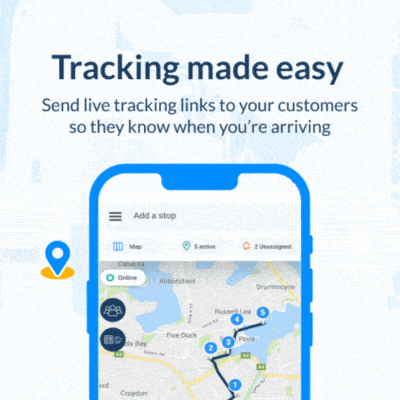Last-mile robot delivery can improve the accuracy of customer service, but what will this mean for the smaller players in the delivery space? Pedestrians will be sharing sidewalks with robots, delivering food to doorsteps by 2026, as Serve Robotics has teamed up with Uber Eats as a last-mile delivery option.
The benefits of robot delivery for your business
There is much excitement about the new robot technology, but as Locate2u CEO Steve Orenstein indicates it is still uncertain how local residents might respond. “Most people don’t realize that all these robots have video cameras, and these video cameras are learning. In the coming months and years, every single day these robots will be operating and grabbing information. They’re using artificial intelligence to build this model.”
There are many benefits to using technology, while there are also many grey-areas.
What are the pros of robot delivery
- It’s faster
- More reliable
- More accurate
- No increased salary costs
What are the cons of robot delivery
- Batteries can deplete
- Vandalism and damage to robots
- Traffic laws
- Weather conditions
Will drivers be replaced by robots?
Robots will simply have to share transport hubs with delivery drivers. Delivery drivers are not about to be pushed of the road, but rather share their spaces with robots. Just as customers prefer a variety of delivery options, there will always be a demand for drivers. Adding autonomous robot delivery to the mix, will only expand customers’ delivery experience.
“It will serve different types of products. There will be certain products that will work really well in a robot, but there’ll be other products that you’ll still need delivery drivers to be doing that,” assures Orenstein.
Is AI improving accuracy in last-mile delivery?
The outlook for global outdoor delivery by robots is projected to expand at a Compound Annual Growth Rate of 17.3% until 2027. According to a report compiled by Astute Analytica there are some factors hindering the market growth of robotic delivery and some propelling the growth of the industry.
Machine learning, rising digitalization, robotics with the use of AI and cloud technology are all expanding the growth of the outdoor delivery robots market. The world is demanding the reduction of harmful gases from vehicles which makes robots a more preferred option by governments. This could however trigger potential job losses and hinder the development of robotic delivery in more countries.
Share this article
About the author
Mia is a multi-award-winning journalist. She has more than 14 years of experience in mainstream media. She's covered many historic moments that happened in Africa and internationally. She has a strong focus on human interest stories, to bring her readers and viewers closer to the topics at hand.











